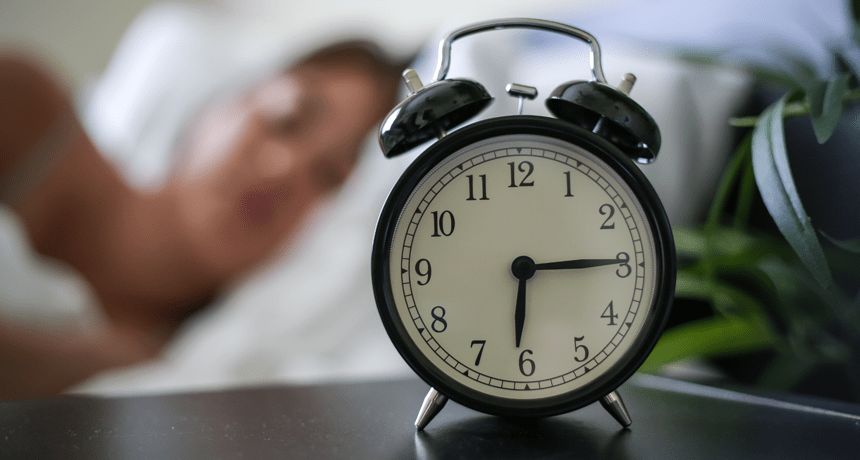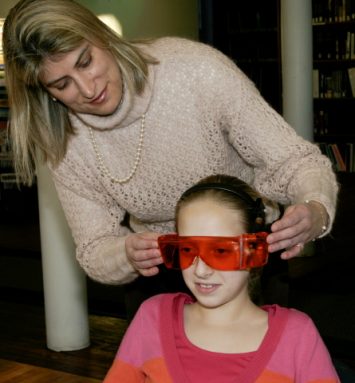Explainer: The teenage body clock
Around puberty, a change in the body clock of adolescents and teens makes it hard for them to fall asleep as early as they used to

For teens and tweens, the changing timing of their inner biological clock means it can be hard to get a good night's sleep.
RyanSebastyan/iStockphoto
Share this:
- Share via email (Opens in new window) Email
- Click to share on Facebook (Opens in new window) Facebook
- Click to share on X (Opens in new window) X
- Click to share on Pinterest (Opens in new window) Pinterest
- Click to share on Reddit (Opens in new window) Reddit
- Share to Google Classroom (Opens in new window) Google Classroom
- Click to print (Opens in new window) Print
By Susan Gaidos
Somewhere around puberty, something happens in the timing of our body’s biological clock. That clock pushes forward. Now teens are unable to fall asleep as early as they used to. At bedtime, their bodies may be pushing them to stay up for several hours more.
But staying up very late and sleeping late can push a teen’s body clock out of sync with the natural outdoor cycle of light and darkness. It can also make it hard for teens to get out of bed in the morning. It can bring other problems, too.
Teenagers are put in a kind of a gray cloud when they don’t get enough sleep, says Mary Carskadon. She’s a sleep researcher at Brown University in Providence, R.I. Too little sleep can affect their mood and ability to think or learn.
But just like an alarm clock, the body’s internal clock can be reset. In fact, it automatically resets itself every day. How? By using the light entering our eyes.
The body’s clock is very sensitive to blue light — the color of the morning sky. Exposure to morning sunlight is best for resetting the body’s clock to Earth’s natural 24-hour cycle.
If you wake early and get outside, the body’s master clock tends to shift earlier, says Mariana Figueiro. She’s a scientist at Rensselaer Polytechnic Institute in Troy, N.Y. That means you’re more likely to be alert when it is light outside and sleepy when it’s dark.

The problem is, tweens and teens can have limited exposure to morning light. Often, they are on a bus or in class during the peak morning hours. So to get morning light during the school year, researchers suggest that these students use a morning break — say, sometime around 9 or 10 a.m. — to go outdoors or look out a window. Also, they should try to spend a few minutes outside before going to school.
For the same reason that blue light is helpful in the morning, it can be disruptive to the body clock at night. Computer screens, TVs and other electronic devices all emit some blue light. So their use at night could unknowingly push tired students to stay awake even later.
But here, too, there is a simple solution: wear orange goggles. They may look dorky, but they’ll block blue light. The trick is to wear them in the evening, not in the morning. Worn after dark, blue-blocker goggles can protect students from getting the signal that it’s daytime when in fact the body should be winding down for sleep.







